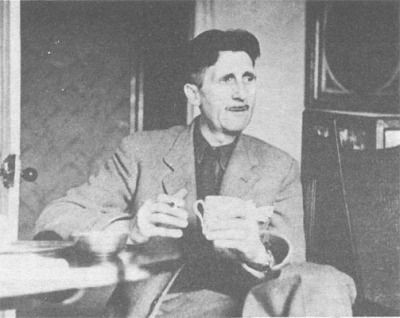 Sweet’N Low (1957- ) is a sweetener made out of saccharin that comes in little pink packets. It is sweeter and cheaper than sugar and does not make you fat. But it leaves a strange, bitter, metal kind of taste in your mouth – something you do not notice if you put it in tea or coffee.
Sweet’N Low (1957- ) is a sweetener made out of saccharin that comes in little pink packets. It is sweeter and cheaper than sugar and does not make you fat. But it leaves a strange, bitter, metal kind of taste in your mouth – something you do not notice if you put it in tea or coffee.
It is a white, sweet powder. It passes right through your body, which is why it does not make you fat – but neither does it make you feel full like sugar does. It can sit in a box for a long time and is not destroyed by cooking. It is safe for your teeth.
There are currently three main sweeteners in America that do not make you fat:

Sweet’N Low |
 Equal Equal1982 aspartame (NutraSweet) |

Splenda |
Splenda tastes more like sugar than Equal and Equal more so than Sweet’N Low. Equal is made from aspartame, the sweetener in Diet Coke. Splenda is made from sucralose, which is sugar changed so that it passes through the body, just like Sweet’N Low.
None of these causes cancer according to the current science.
From 1977 to 2000 it was believed that saccharin caused cancer. When rats in Canada were fed huge amounts of saccharin some had strange growths in their bladders. It was outlawed in Canada but in America the food companies fought it, so they only had to print a health warning.
It was in those years that Equal and Splenda came out.
That was not the first time saccharin got into trouble. In 1911 it was outlawed in America, but when war came it was allowed again: sugar is hard to come by in time of war, but saccharin can easily be made from coal – a fact discovered by accident in Germany in 1879.
In 1957 Ben Eisenstadt made saccharin into Sweet’N Low. During the Second World War he ran a diner across the street from the Brooklyn Navy Yard in New York. The war ended and the diner failed. So he bought a tea bag making machine to sell tea in bags.
Then one day his wife complained about the mess sugar makes in a diner. That was how he came up with the idea of putting sugar in little packets. He put other things in packets too, like soy sauce. Yes, that was his idea. But he did not patent it, so he never saw any money from it.
Instead he made money by thinking of new things to put in packets. Like sea monkeys. And Sweet’N Low.
He thought he would sell Sweet’N Low mainly to hospitals and those with diabetes. If you have diabetes sugar is dangerous but Sweet’N Low is perfectly safe.
It became much huger than that: ideas of health, food and beauty changed in America in the 1960s and 1970s. Women wanted to be as thin as possible – but eat their cake too. That is how Sweet’N Low became a part of American life.
See also:
- sweetnlow.com – its website
- sugar
- high fructose corn syrup
- tea







